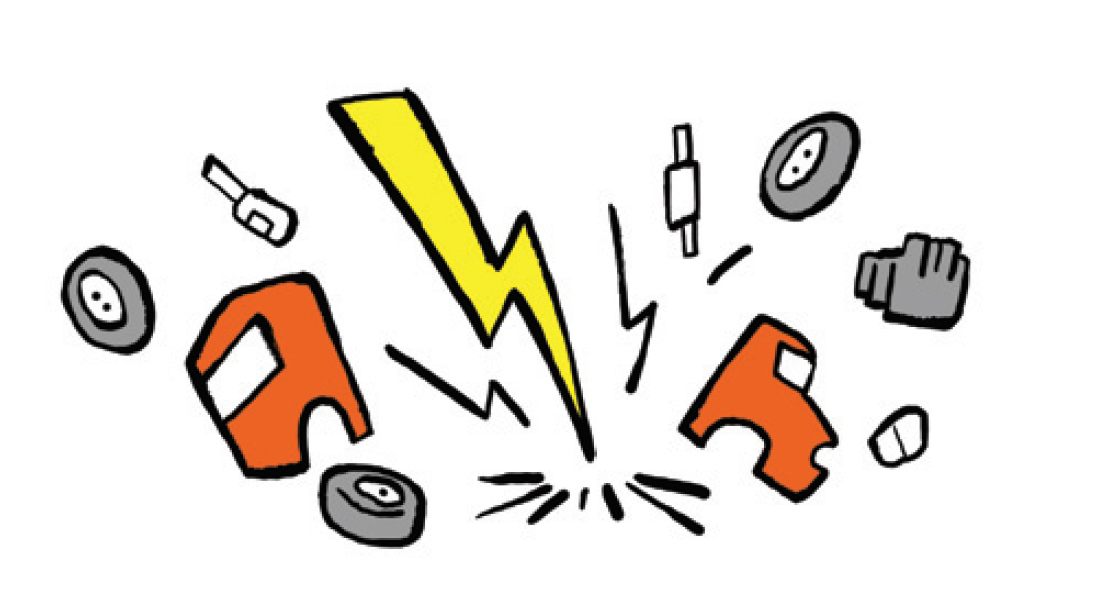(Kopie 1)
The Killer App
The automotive industry is having to face many changes, but it is only electromobility that can rock its very foundations.
By Hans-Georg Scheibe, Member of the Management Board, ROI Management Consulting AG
The contours of change are clearly drawn. In particular, electromobility, autonomous and semi-autonomous driving, the integration of motor vehicles into the global Internet of Things, and the emergence of new mobility concepts will all exert increasing pressure for change on the current business models of OEMs and suppliers in the automotive industry in the coming years. There is no doubt that the industry is experiencing the most significant paradigm shift in its over 100-year history.

Although they are all debated with a similar intensity in public, the individual dimensions of change vary dramatically in their structure. Some of the foreseeable changes will be of a primarily additive nature, where intelligence in particular is paired with vehicles and the way they fit in with global data networks. One exciting development that the industry’s suppliers can easily handle is the fact that an augmented reality feature will not replace the ignition coil. In contrast, new mobility concepts are having far-reaching consequences at organizational and procedural levels. It is, however, the OEMs who will need to face up to the challenges by making their marketing and branding models open and intermodal. Greater use of other means of transport and car-sharing schemes can, of course, reduce the number of vehicles produced. However, they will not change the industrial structure of the market. Even autonomous driving does not yet seem to be a development that will bring huge changes in the foreseeable future: As the technology matures, we are also recognizing the many different hurdles that need to be overcome. Volvo trend researcher Aric Dromi even thinks that we are more likely to experience flying cars than autonomous, earth-bound vehicles. He claims that this is because the concept demands a complete separation of the infrastructure. Just one nonautonomous passenger vehicle or a pedestrian in the same lane as the flow of autonomous vehicles would cause the entire system to collapse.
This leaves electromobility, whose breakthrough appears more than likely in the coming years as the infrastructure for charging continues to grow, while falling prices for batteries together with their increasing efficiency ensure that electric cars come to dominate our road. The development is being boosted by the high level of public acceptance and the fact that it does not force consumers to adapt their behavior to any significant degree. Electromobility is therefore the most tangible and most probable change that we will see in the coming years, and the most dangerous one for the automotive supply industry. Today, one thing is for certain: Replacing the combustion engine with an electric drivetrain that requires far fewer components, mechanical expertise, and the worktime investment will not only necessitate technological and procedural adjustments, but also render a significant proportion of the business models of automotive supply manufacturers obsolete.
This change may be life-threatening for many supply companies whose success is founded on extremely profound but narrow expertise if they fail to open up any alternative sources of revenue in the coming years. However, this is anything but a trivial endeavor. While the switch to electromobility certainly provides opportunities – for example in the fields of electric motors, power electronics, or thermal and battery management – the markets of the future are already a fierce battleground. Competition from outside the industry, leading global suppliers, and OEMs that also recognize the possibility of shortening the supply chain are vying to supply the mobility technology of the 21st century. Many companies – particularly SMEs – will soon have to face the question of whether to reinterpret their core competences and apply them successfully outside of the automotive industry. This is a question to which there are no simple – and above all, universal – answers.


